Understanding Life Insurance

Over the years when reviewing existing life insurance with clients, a reoccurring theme has been that clients often don’t understand what they own or their purpose of owning the policy. When asked why they purchased the policy, a client may state that the policy was purchased by their parents and the original policy was converted because the death benefit could be increased without an increase in premiums. But most of the time, the policy was purchased because of a life transitions such as children, mortgage debt, or just simply the belief they should own one. As a result of some form of insurance review, the client ends up signing on the dotted line without any clear understanding of what they have just purchased.
As previously stated in my survivorship income article, we first ask ourselves the question of who do we value the most in our lives and how much do we really care about what happens to them once we are no longer present in their lives. Once this question has been defined with the amount of money that would be required, we can then move forward to the next question about what type of life insurance to purchase.
There are two primary categories of life insurance policies – those that accumulate a cash value and those that do not. The policies that do not offer any type of cash value are referred to as term life insurance.
Term life insurance is designed to cover a specific period of time. It could be for one, five, ten, fifteen, twenty, or even thirty years. With term life insurance, the most pressing issue is how long the premiums are guaranteed. When purchasing term life insurance, you will want to be certain that you understand how long the premiums are guaranteed to remain level as well as when they are scheduled to increase and by how much.
For term life insurance, the death benefit is most often guaranteed to remain level throughout the contract term unless the policy was specifically designed to cover mortgage debt. Under this arrangement, the premiums would remain level while the death benefit will decrease over a period of years. Because term insurance is the least expensive at younger ages, the insured can buy a higher death benefit. Conversely late in life, the premiums will likely increase to the point that it is no longer feasible to continue the premiums unless, of course, the insured is days or weeks away from death.
With cash value life insurance, a clear understanding of exactly what you are getting yourself into is critical. Again, there are two primary categories – whole life and universal life. Whole life has a long history and is primarily broken into two forms – participating and non-participating. Both types of whole life policies offer a guaranteed death benefit and premiums along with a cash value. However, the participating policy will potentially pay dividends in addition to the increase of cash value. With the additional dividends that are received over time, the cash value will increase while the cost of owning the policy will decrease. These policies were designed to be owned for your “whole life”.
The wide spread marketing of universal life occurred during the early to mid-1980s due to the challenging economic times that the United States was facing. With high inflation and short term interest rates, policy owners were cash surrendering their whole life insurance policies and investing their cash surrender values elsewhere in an effort to keep pace with inflation.
The insurance industry responded with universal life, a combination of term life insurance and a savings component.The savings component was designed to mirror short term interest rates whereas the increasing internal cost of insurance and flexible premium payments were designed to mirror term life insurance. When owners wanted to exchange their existing whole life policies, the insurance industry could offer an alternative product, universal life, and revert the outflow of business due to the cash surrender of existing whole life policies.
Thousands of whole life policies were exchanged for new universal life policies. Cash values were transferred over, death benefits increased, and premiums were kept relatively unchanged. However in the subsequent years, the cash values of the policies were consumed by the increasing internal cost of insurance. As a result, policy owners saw an exponential increase in premium payments at a time when the insurance was most needed and financial resources were scarce.
Years ago, I was taught the Tinstafl Theory, a theory that applies to the purchase and ownership of life insurance. There Is No Such Thing As A Free Lunch.




